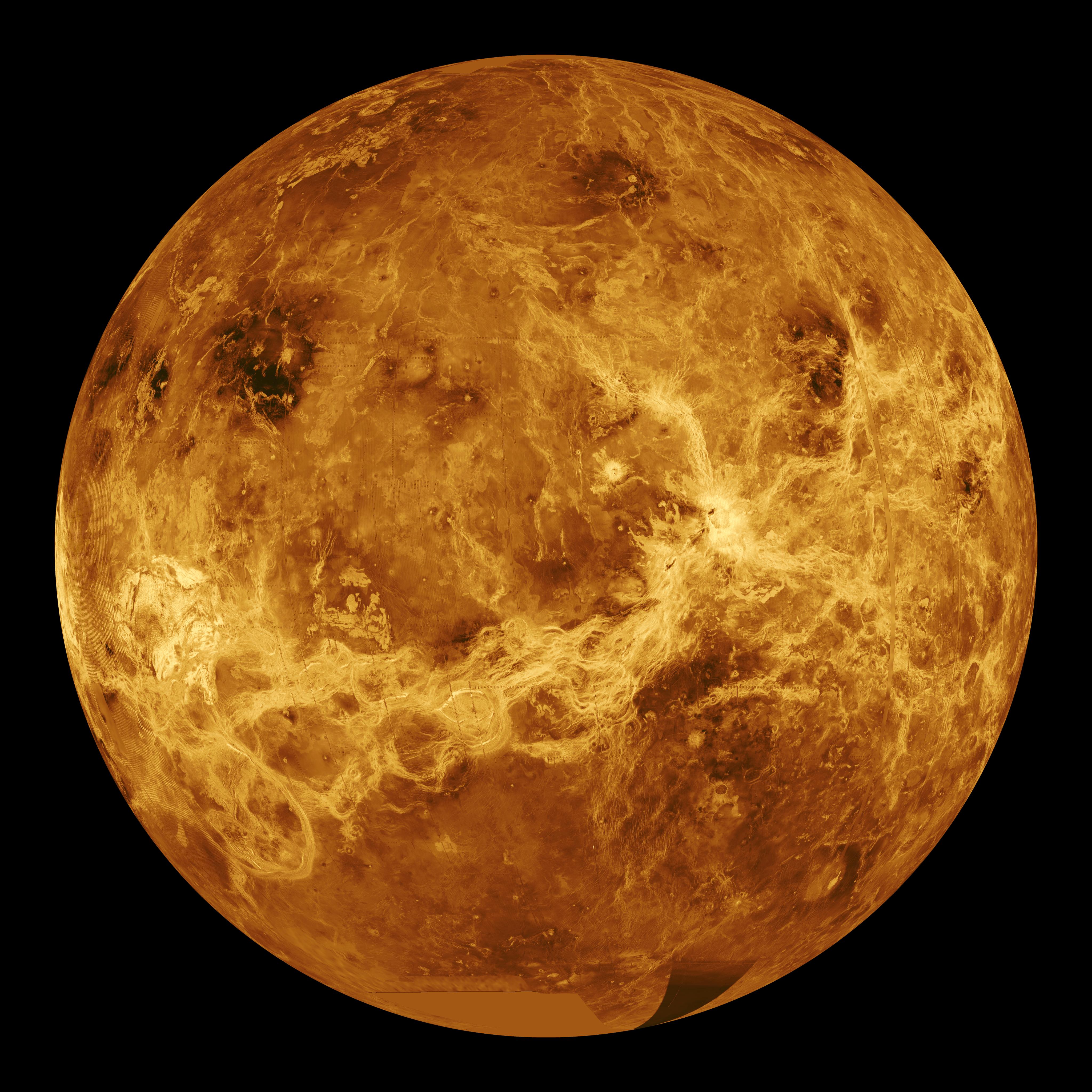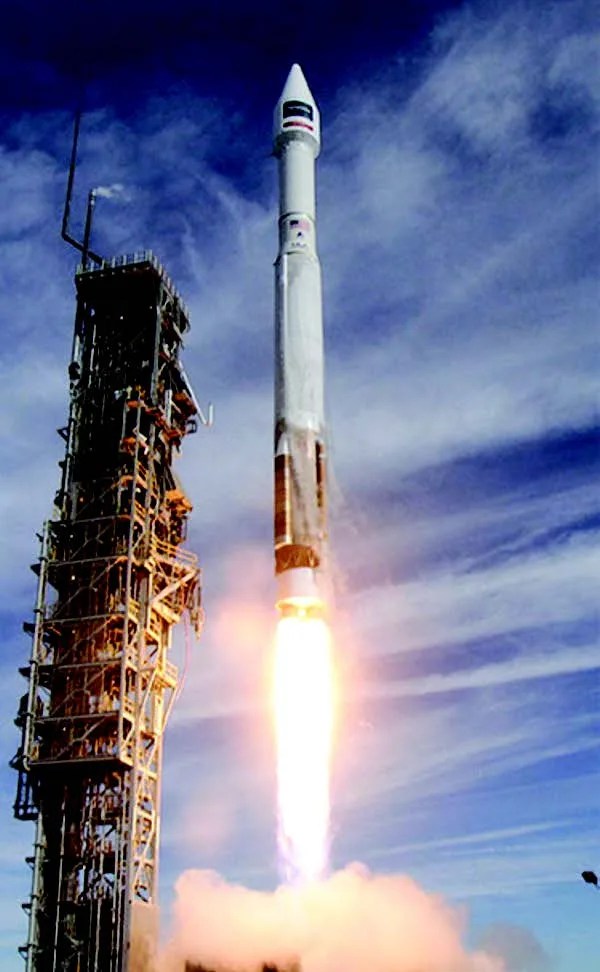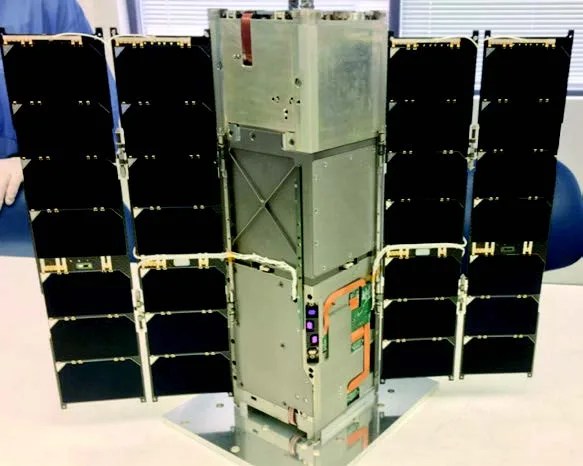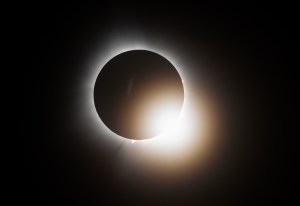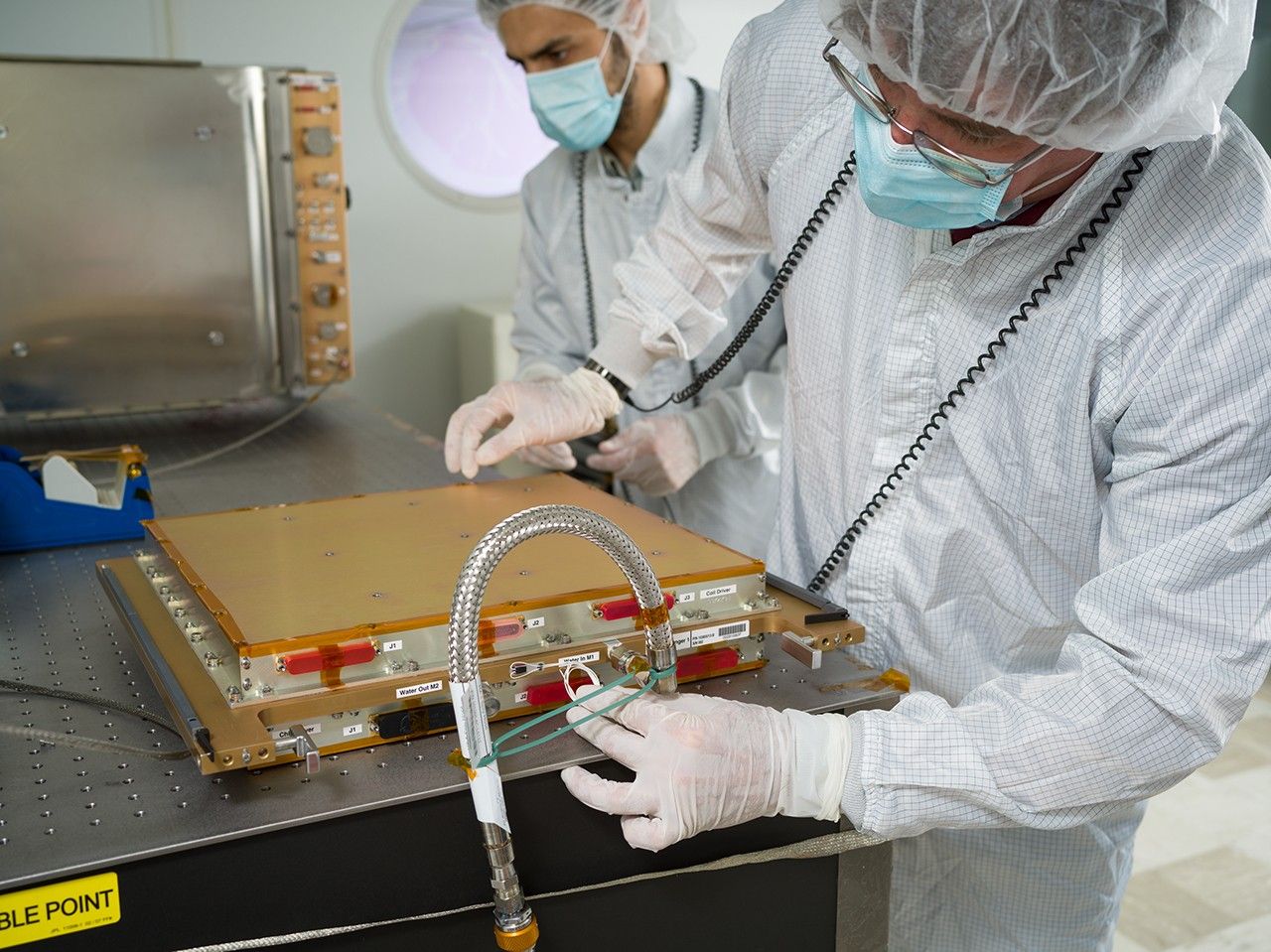Technology Development: The Radiometer Assessment using Vertically Aligned Nanotubes (RAVAN) CubeSat mission launched on November 11, 2016 as a secondary payload on a United Launch Alliance Atlas V rocket from Vandenberg Air Force Base.
RAVAN will demonstrate that accurate and critically needed Earth climate measurements can be made with a small instrument, thanks in part to new carbon nanotube technology that absorbs light extremely efficiently. RAVAN features small, accurate radiometers to measure the strength of the Earth’s total outgoing radiation across the entire spectrum of energy, from the ultraviolet to the far infrared. Vertically aligned carbon nanotubes (VACNT) serve as the radiometer’s light absorber and will enable the radiometer to gather nearly the full spectrum of light reflected and emitted from Earth. The RAVAN team will study Earth’s radiation imbalance, which is the difference between the amount of energy from the sun that reaches the Earth and the amount that is reflected or radiated back into space. While thought to be less than one percent, the imbalance is known to be essential for understanding and predicting changes in the planet’s climate.
Impact: RAVAN could eventually lead the way to a constellation of miniature radiometers. Such a constellation could enable global coverage of Earth’s radiation budget; provide diurnal sampling of rapidly varying phenomena like clouds, plant life, ozone, and aerosols; and answer longstanding questions about the Earth’s climate.
Status and Future Plans: Two-way communication has been established with the CubeSat. Once the spacecraft is fully commissioned, the payload will be powered on and demonstrations will begin. RAVAN’s flight is expected to last up to one year.
Sponsoring Organization: PI William Swartz led development of RAVAN at Johns Hopkins Applied Physics Lab, with funding from the Earth Science Division’s InVEST program.













